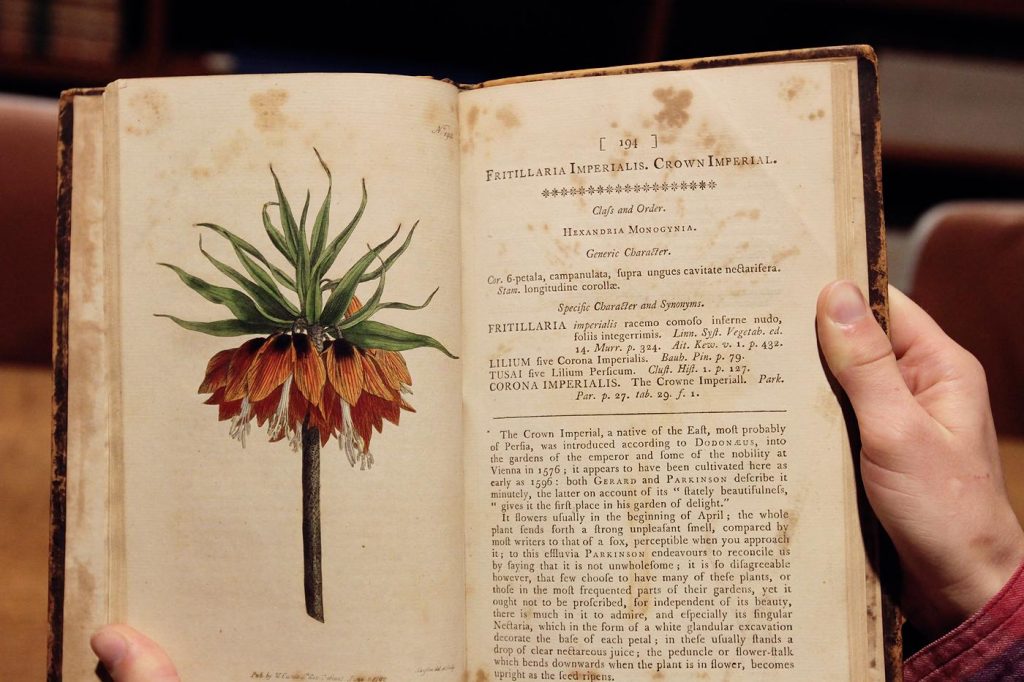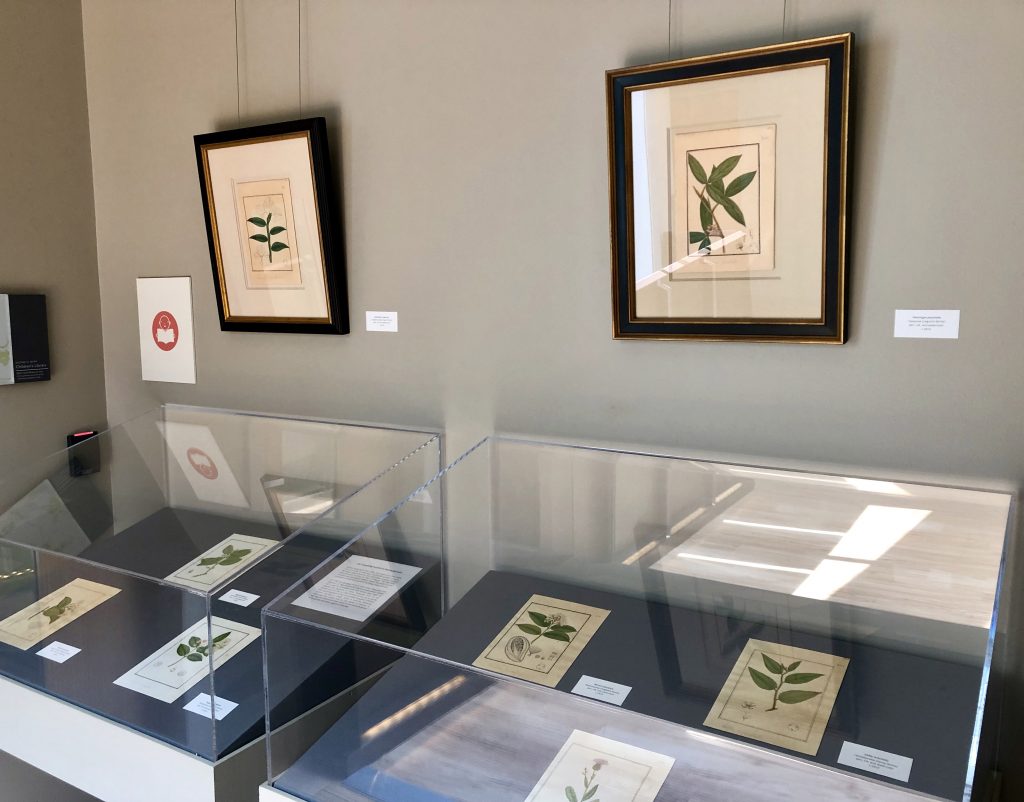In large measure, the library of the Botanical Research Institute of Texas owes its existence to Lloyd H. Shinners and his vision of the future. He was an impassioned bibliophile and shared books and his views on books with many of his friends and professional colleagues. Dr. Shinners was not just a book collector. He selectively chose those books that were the most important to research in systematic botany. It is a library assembled with care and with an intimate knowledge of each work chosen.
Accepting an appointment as Research Associate at the Milwaukee Public Gardens, he was recommended by Cyrus L. Lundell, Director of the Institute of Technology and Plant Industry, SMU, to become a Research Fellow in Systematic Botany. The appointment was approved in February of 1945.
Following his appointment, Lundell instructed Shinners to prepare a complete list of books needed for his research on the Compositae (sunflower family). The library at the university was limited and older reference works were especially lacking. Outside funds had been obtained for such purchases by Lundell.
Before coming to Dallas, Lundell suggested that Shinners visit Chicago and St. Louis to check the material in those herbaria for specimens he might be able to use in his study of the Compositae. Shinners went to the Gray Herbarium at Harvard and then to the Bailey Hortorium at Cornell where Liberty Hyde Bailey was a preeminent horticulturist. Lundell was trying to assemble a set of Bailey’s publications and had the money to purchase any out-of-print articles or rare reprints which might be available. His responsibilities at the SMU Institute of Plant Industry and Technology included organizing the library, herbarium, and unmounted specimens.
Shinners was able to travel to other institutions in his quest for library materials to support his research on the Compositae, although such activities were severely limited by other staff. While at the Gray Herbarium he had some photostatic copies made of some important botanical volumes. This was a new process which had just become available after the end of the war. Some of the titles he selected included Jacquin’s Enumeratio Systematica Plantarum, L’Heritier’s Stirpes Novae, and Bentham’s Labiatarum Genera et Species.
The books arrived that Shinners had felt necessary research on the Compositae. Dr. Humphrey Lee, President of SMU, had to approve the special purchase of publications which Shinners had ordered from Antiquariat Junk in the Netherlands. When they arrived in September of 1946 the total bill was $6,092.92. This was nearly three times Shinners annual salary. In 1947, Shinners was promoted to Assistant Professor of Biology for the academic year of 1947-48. His salary for that position was $1,600.00 for half time. The other half time to be in the herbarium on a twelve month contract for $1,600.00.
Three years later, in 1994, the library moved into new space in an adjacent building. The former library space in the original building was converted into a learning center and lecture hall.
Barney Lipscomb noted that the library, as of 1996, contained more than 59,000 books and journals.
John L. Merill, on behalf of Simon W. Wolff, presented the Gardener’s Dictionary, by Philip Miller, to the library in 1998. Published in 1768 and 1782, the two volume work is of great botanical and horticultural significance and includes many beautiful hand-colored plates.
A gift of almost 400 volumes of mycological books came from William R. Burk in 1999. This strengthened BRIT’s existing collection of books on fungi. The oldest book is H. W. Ravenel’s (1852) Fungi of Carolina. Early mycological investigations in the United States and popular mycological books for North America round out the collection.
Additionally in 1999, Scott and Stuart Gentling donated a copy of their book Of Birds and Texas to the library. Our copy is one of 15 in Texas libraries and number 438 of 500 numbered copies. It is perhaps the most stunning book ever produced on Texas natural history. In the 10 landscapes of Texas there are at least 17 species of native, naturalized, or cultivated plants in full color.
In 2001, a major collection was received from Gordon and Sarah Delle Hultmark. This set of books was Sarah’s personal collection of floras. The gift also included a continuing memorial, the Rifka Sharon & Sarah Delle Hultmark Memorial Library Fund. Additionally, two major art collections of local artists have been donated to BRIT. One hundred and thirty-eight watercolor paintings by Mary Jo Laughlin, along with 10 works by Ruth Andersson May and two elephant folio prints by Stuart and Scott Gentling, were given by her husband, Dr. Harold E. Laughlin. Three hundred and five paintings by Marie C. Wesby were donated by her husband, Mr. Vern Wesby.


